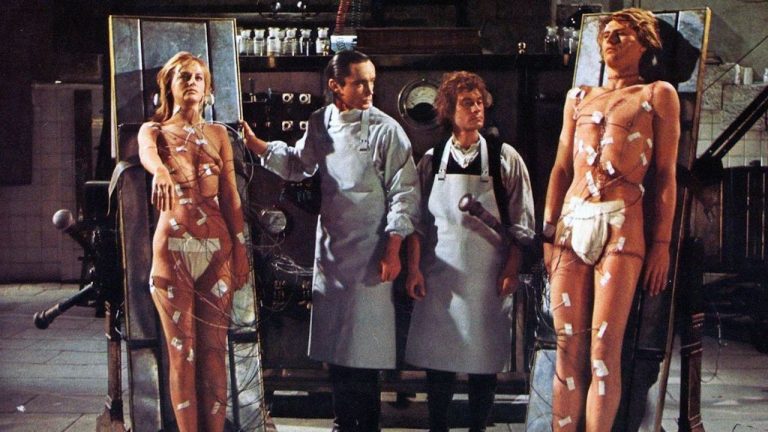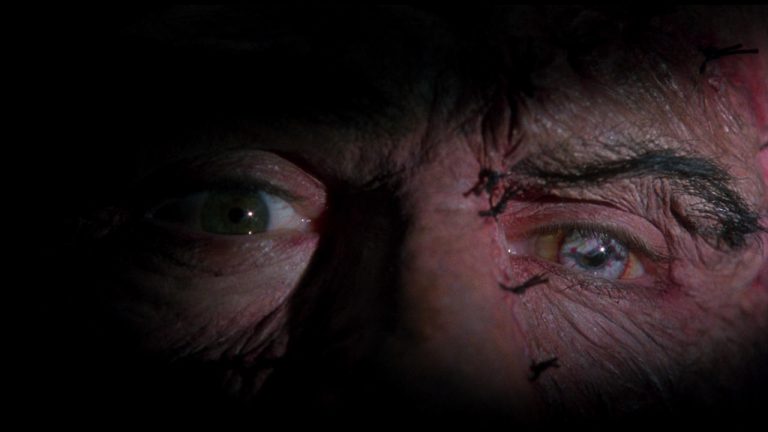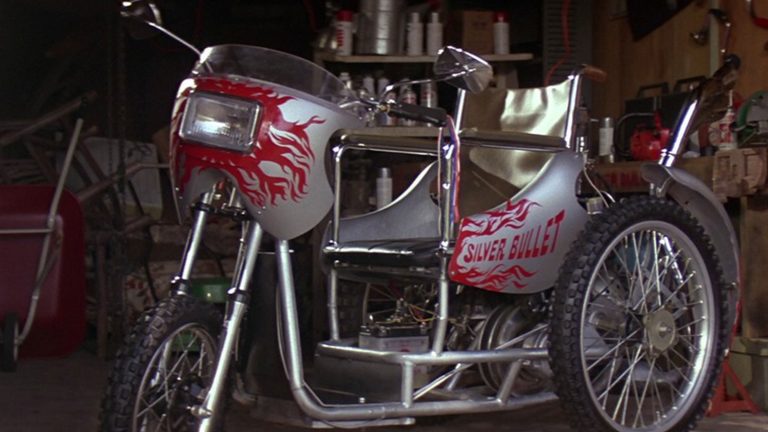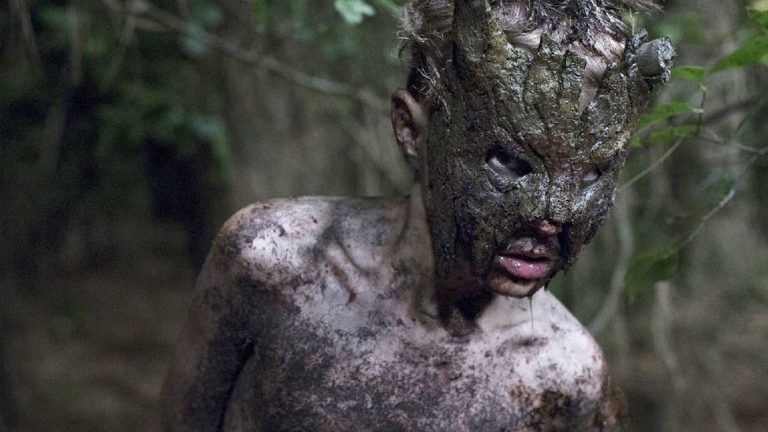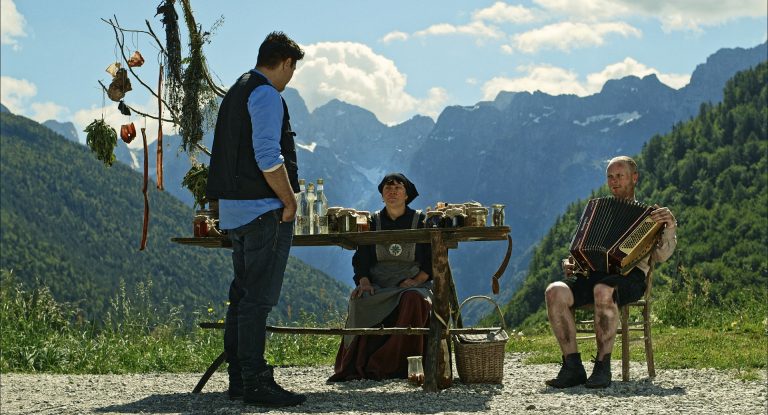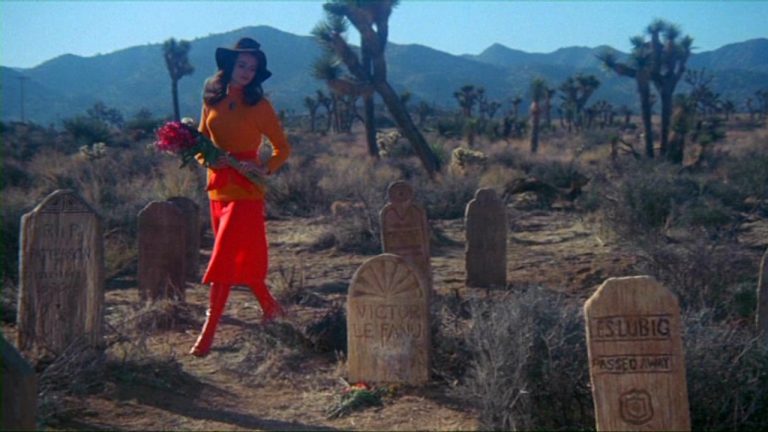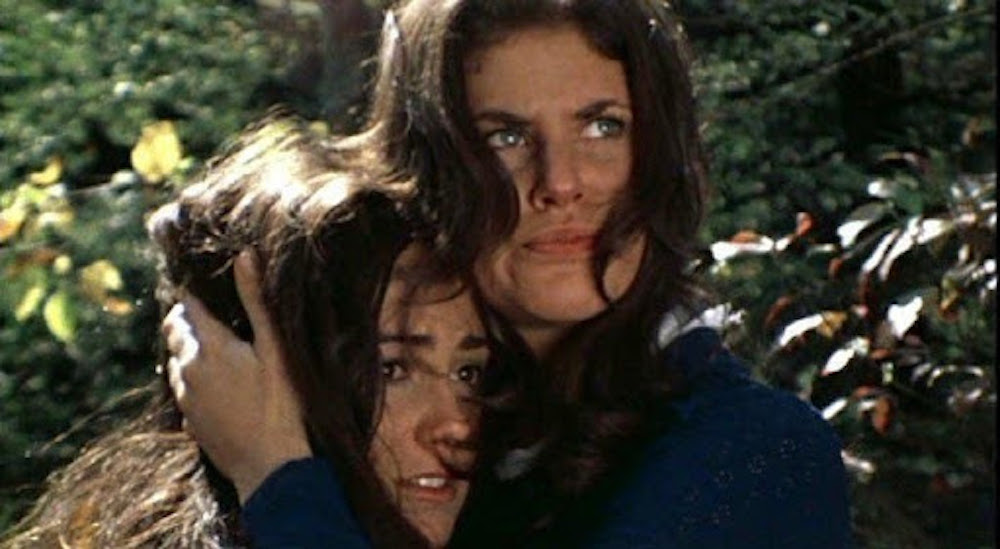
As part of my “locked-down & loaded” weekender of excess, I watched two early career Cravens… THE LAST HOUSE ON THE LEFT (1972) and THE HILLS HAVE EYES PART 2 (1984), the latter dog’s flashback of a movie coming just before the director hit pay gold with A NIGHTMARE ON ELM STREET (1984).
THE LAST HOUSE ON THE LEFT is one of those movies I’ve dreaded and therefore put off seeing, mainly on the foul stench of its reputation alone. Despite my horror origins, I’ve always found the 70s extremes a hard watch, and had discarded THE LAST HOUSE ON THE LEFT on the same pile of tainted corpses as TEXAS CHAIN SAW MASSACRE: these were films I just didn’t ever need to see (or see again in the case of Tobe Hooper’s unquestionable masterpiece).
Seeing THE LAST HOUSE ON THE LEFT for the first time, I’m shocked by how much I enjoyed it. Whilst it deals with a disturbing double rape and murder, it has the look and feel of an early career John Waters vaudeville more than an infamously stomach-chilling horror show. Which is in many ways a good thing. Despite being released in the same year as PINK FLAMINGOS (1972), Waters’ Divine-free DESPERATE LIVING (1977) offers the nearest tonal comparison. And yet the movie’s original marketing is still doing its job… watching THE LAST HOUSE ON THE LEFT is never easy.
The rape and murder of Phyllis (Lucy Grantham) and Mari (Sandra Cassell) are tough, although, to the film’s credit, the sustained attacks are always presented as raw and ugly. In her book Men, Women & Chainsaws1, Carol J. Clover offers light comment on this most notorious of films, stressing that whilst the “rape and murder are conducted with considerable sexual energy”, it’s the aftermath moment when the killers stand back in “dumbfounded shame” that, quoting Robin Wood’s defense of the film2, constitutes one of “the most disturbing moments in this most disturbing of films”.
You have to look at Clover’s criticisms of other titles to gauge her reasoning: THE LAST HOUSE ON THE LEFT, standing apart from its near contemporaries, is accused of neither the “lascivious sadism with which the viewer is directly invited to collude” of Hitchcock’s FRENZY (1972) nor of belonging to the “‘asking for it’ tradition” of the rape in STRAW DOGS (1971). Just as the killers on screen have to turn away and cleanse themselves of the horror they have created, so do we, the audience, have a difficult time with what we’ve just seen.
Contrary to my fears, the savagery of tone isn’t consistent either. A pair of bumbling rural cops and the sprightly strumming on David Hess’s soundtrack deplete some of the shocks of their impact, recalling Herschel Gordon Lewis’ penny dreadfuls from a decade earlier (cf TWO THOUSAND MANIACS!). And despite claims made in the many making-of films on Arrow Video’s UK blu-ray that the crew were aiming for documentary vérité, the playing here is so broad it almost feels like satire.
Queer interest, if we need it, comes from the one woman among the murderers, Sadie (Jeramie Rain), who’s carnal screen presence suggests more of an omnivorous appetite than anything neatly LGBTQ (even if Phyllis somewhat understandably calls her a “stupid dyke” when fighting her off…). Unlike other films where homophobic hysteria might whip the film into a frenzy, here an enforced samesex coupling is just one of several games the gang play with their new ‘toys’. Like many films of its time, THE LAST HOUSE ON THE LEFT alleges a dark heart to the now fading Summer of Love.
The final revenge sequence – which comes after Mari’s straight-laced parents have unwittingly given shelter to her murderers – is filmed in a different register entirely, like a Sam Raimi remake of HOME ALONE or the home invasion artifice of Haneke’s FUNNY GAMES (1997 or 2007, take your pick…). It’s as if the filmmakers couldn’t revisit the scene of their earlier crimes. And it’s this sense of a polluted shoot that haunts the film and is tellingly disclosed in Arrow’s special features.
The various cast and crew talking heads hold differing views of the film’s quality, legacy and worth, but what stands out is that everyone has an an anecdote about how unhappy Sandra Cassell was in her role (although it should be noted she wasn’t present for any of these interviews). Whilst it’s perhaps easy to understand her discomfort given what was required in performance, things turn nastier when colleagues reflect on how they exploited that in the filmmaking. Even Marc Sheffler who played Junior – the only member of Krug’s (David Hess) clan to stand outside their atrocities – rattles off an ‘amusing’ anecdote about threatening to kill his co-star if she didn’t summon up what it takes to deliver a good take.
Such casual recollections about an actor’s discomfort become chilling in our Me Too informed era, meaning the film now sits uncomfortably alongside another of its peers in the 1972 release slate, LAST TANGO IN PARIS. In their interviews, Wes Craven and the film’s producer Sean S. Cunningham (another horror luminary) stick to promoting the film’s inherent unwatchability, echoing the now legendary ballyhoo from the film’s original release:
TO AVOID FAINTING
KEEP REPEATING,
IT’S ONLY A MOVIE
… ONLY A MOVIE
… ONLY A MOVIE
But despite such spirited showmanship, Craven reflects that an early line was drawn in his career during the making of this film that he would never seek to cross again.
Possibly the most powerful recollections on this disc – Arrow’s slimmed down edition with just one cut of the film, there are several – comes from make-up artist Anne Paul. She is both pragmatic about inflating her movie-making credentials to get the gig, and emotional about how tough it was to film the key and still controversial attack sequences. Telling an anecdote about returning to the location where they’d just shot the rape sequences to collect a forgotten jumper, she recalls being scared to be back amidst the negative energy. Clearly, something happened on the shoot of THE LAST HOUSE ON THE LEFT that didn’t entirely stay on the shoot of THE LAST HOUSE ON THE LEFT.
For me, I’ve spent a lifetime trying to avoid this movie and now I’ve seen it, it has made a serious impact despite or maybe because of its self-serving myth making as a celluloid atrocity. It has something powerful to say about horror and its aftermath, even if its own horrors have been somewhat altered by time. As with the majority of such cases, it’s hard now to see why it was banned as a Video Nasty in the UK (other than naked hysteria…), nor how acclaimed film critic Mark Kermode could fail so dismally to appeal the BBFC’s ongoing censorship of the title in the early 2000s (after he’d tried to advocate for the film’s historic significance, the censors cut even deeper…).
Seeing THE LAST HOUSE ON THE LEFT in one of its many uncensored and “final” edits – in addition to official state censorship, prints of the film were apparently hacked apart by greedy/nervous projectionists – reveals a fascinating low budget exploitation shocker that retains enough raw power to justify its watershed reputation.

IN BRIEF: A fascinating low budget exploitation shocker that retains enough raw power to justify its watershed reputation.
STRAPLINE: “To Avoid Fainting, Keep Repeating, It’s Only A Movie.”
READING (between the lines…)
1. “Men, Women & Chainsaws” by Carol J. Clover (1992/2015), p137.
2. From Neglected Nightmares, reprinted in: “Robin Wood On The Horror Film: Collected Essays And Reviews”, edited by Barry Keith Grant (2018), p181-200.



